#135 Tamagawa Onsen (1/2)
An extreme hot spring experience with ultra-high acidic spring water and bedrock bath
Japan is one of the most volcanic countries in the world, as represented by Mt. Fuji. According to the Japanese meteorological authorities' definition, an active volcano has erupted within the past 10,000 years and has the potential to erupt in the future. There are 111 active volcanoes in Japan, accounting for 7% of all active volcanoes worldwide. I have written many times about hot springs in Japan A to Z. Still, this time, I would like to focus on Tamagawa Onsen in Akita Prefecture, a unique hot spring among the many hot springs in Japan and one that I have wanted to visit for many years as a hot spring enthusiast. What makes it unique is that it is a highly acidic spring with a PH of 1.2. For better or worse, this spring quality is out of the ordinary. Whether or not you will become a repeat visitor to Tamagawa Onsen is up to you, but if you have visited Japan many times to visit hot springs, this may be a hot spring you should experience at least once.
Hot Springs in Japan
The Japanese archipelago has numerous volcanoes, but you can't find them everywhere. Volcanoes are not evenly distributed throughout the country but are concentrated from Hokkaido to the Tohoku and Chubu regions of eastern Japan and Kyushu.
Volcanoes become hot springs deep underground, a short distance from where the Pacific Ocean plate subducts into the sea, where the temperature and water content are high, gushing out to the surface. Tamagawa Onsen, the hot spring I am discussing here, is also in a mountainous Tohoku region, with many volcanoes and a high concentration of hot springs. The interesting thing about Japan's hot springs is that even within a tiny area, the sources of the hot springs are entirely different, and the same hot spring resort can have multiple sources and offer completely different qualities of hot spring water. The constituents that dissolve into the hot water vary depending on the underground rock structure.
Characteristics of Tamagawa Onsen
Tamagawa Onsen is located deep in the mountains at the backbone of the Northeast region of northern Honshu. A concentration of volcanoes such as Hachimantai and Akita Komagatake surrounds it. On the other hand, the spa has been closed since the end of November due to several meters of snowfall during the winter and will reopen only in mid-April this year. The photos I present here were taken when I visited in mid-November, after the autumn foliage of the 2024 season was already over and after a certain amount of snow had fallen before it turned into a deep-seated snowfall. If you read this post, please plan your visit for the next three months.
Two Factors of Number One in Japan
There are two things about Tamagawa Onsen that make it the best in Japan. If you are interested, consider visiting.
Strongly acidic hot spring
Tamagawa Onsen gushes highly acidic water with a pH of 1.2, which is rare in Japan and is mainly composed of hydrochloric acid. Kusatsu Onsen in Gunma Prefecture, known as a strongly acidic hot spring, has a pH of 1.6 to 2.1, so even the numbers show how acidic pH 1.2 is. Furthermore, when you bathe, you can feel the acidity's firmness. If you have a cut on your body, even a scratch, it will hurt so much that you will jump up and down and not be able to stay in the bathtub for more than a few minutes. Even in Kusatsu Onsen, if you soak a five-sided nail in the hot spring water, it will dissolve within 10 days and leave no trace. I stayed here for four days with my family and lost my fingerprints so I could no longer use the fingerprint recognition function on my iPhone.
The most enormous amount of hot water as a single vent
The spring's source is in the middle of a walking trail called the Nature Study Path. With 9,000 liters per minute, it is the most significant volume of hot water from a single outlet in Japan. At 98 degrees Celsius, you can feel the earth's pulse. Because of the high temperature, the vent is always covered with steam; unless the wind blows it away, it is impossible to see it gushing out.
Medical Use of the Springs and Their Efficacy
Tamagawa Onsen has attracted attention for its medical aspects, and there is no end to the number of visitors from all over Japan who come to the onsen for a hot-spring cure. For this reason, in addition to ryokan (Japanese-style inns), there is a self-catering building where people stay for long periods while cooking their meals, setting it apart from ordinary onsen hotels. The effect is to promote natural healing power through the low radiation hormesis effect. The minute amount of radiation activates the cells in the body and improves immunity and metabolism. The Ministry of Health, Labour, and Welfare (MHLW) has certified the spa as a "health promotion facility using hot spring water," the government has endorsed its efficacy. The spa is effective for skin diseases, rheumatism, neuralgia, anemia, digestive disorders, etc. It is also expected to suppress cancer progression due to the small amount of radiation it contains.
Bedrock Baths
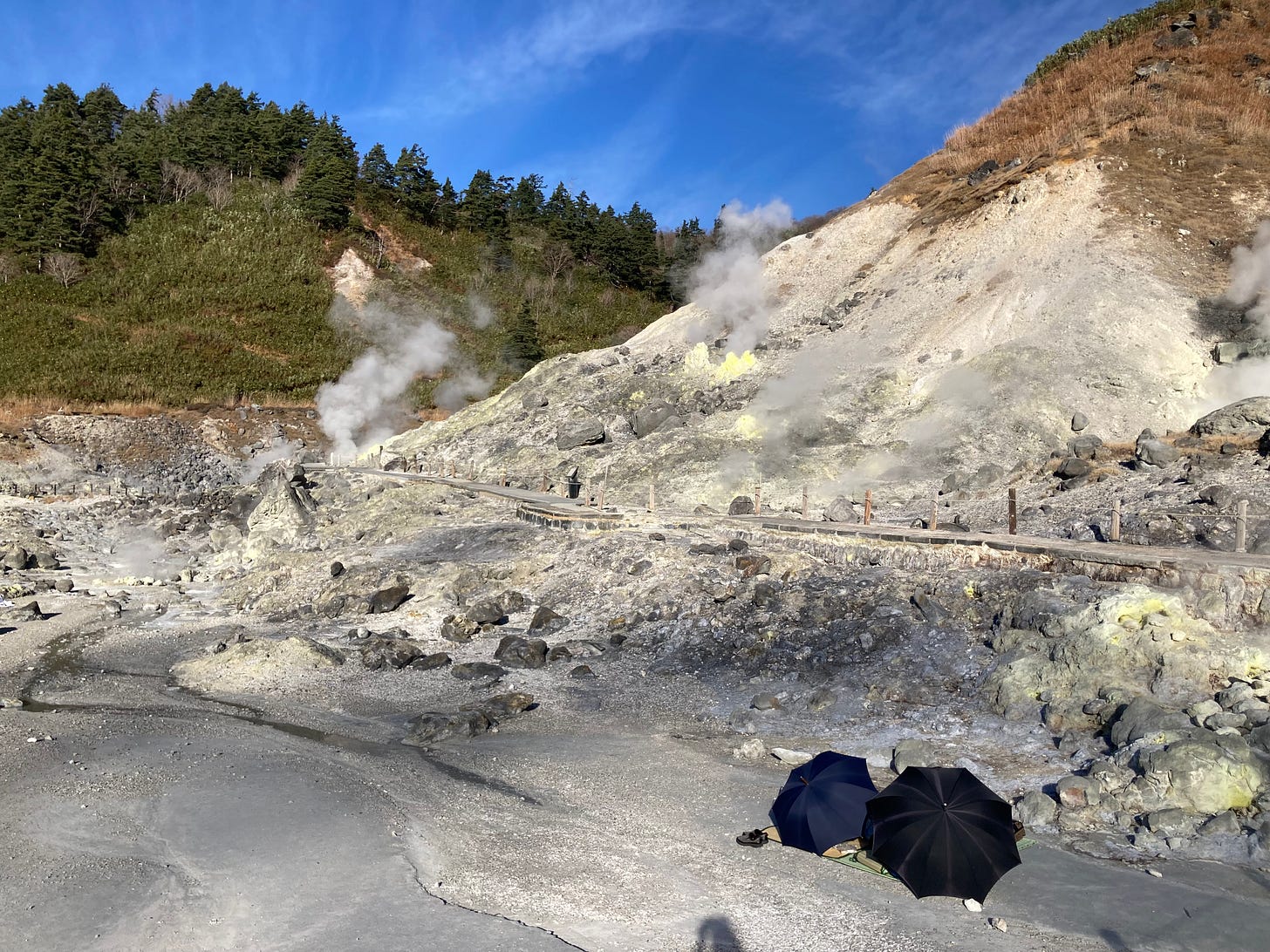
Another highlight of Tamagawa Onsen is the bedrock baths. The bedrock bath is synonymous with Tamagawa Onsen, and on a fine day, you can see people lying on mats here and there around the spring outlet, with mats laid out on the floor and covered with a blanket to prevent their bodies from getting cold.
There is also a covered hut dedicated to bedrock baths, and many people come here for these bedrock baths. In this area, the ground temperature can reach 40 to 50 degrees Celsius in some places, so people find a spot with their preferred temperature, spread out their mats, and lie on them once or twice daily for about 40 minutes. It is necessary to turn over from time to time and change the side of the bed that is in contact with the ground to avoid low-temperature burns. You must prepare yourself with a goza mat, blanket, and water for rehydration. As long as you are helping yourself, it is free of charge.
A well-maintained bedrock bath is also available at the Tamagawa Onsen Inns, but you must reserve in advance. I often went to the indoor bedrock bath at the inn because it is available even during nighttime hours. The indoor bedrock baths use granite as the flooring material to allow the hot spring elements to soak in, and there is a choice of higher or lower temperatures. I took a bath to warm up my body to some extent before taking the bedrock bath. I went there after warming up my body to some extent by taking a bath before the bedrock bath because it promotes perspiration. Since this bedrock bath is similar to a regular sauna, it is advisable to bring a change of clothes because you will sweat a lot.
This week, I summarized the peculiarities of Tamagawa Onsen. When I stay in a hot spring, I usually bathe three to four times a day, but this time, the quality of the spring was so strong that I could no longer bathe in the 100% spring water because of the stinging sensation. When I got out of the bath, I had to rinse the hot spring water, and my body reacted badly. Therefore, the baths at Tamagawa Onsen may be harsh for those with delicate skin. I wrap up this week's post here. In the latter half of the post, which will be delivered later, I will describe the hot spring more precisely, including access to Tamagawa Onsen, the facilities, and individual baths.




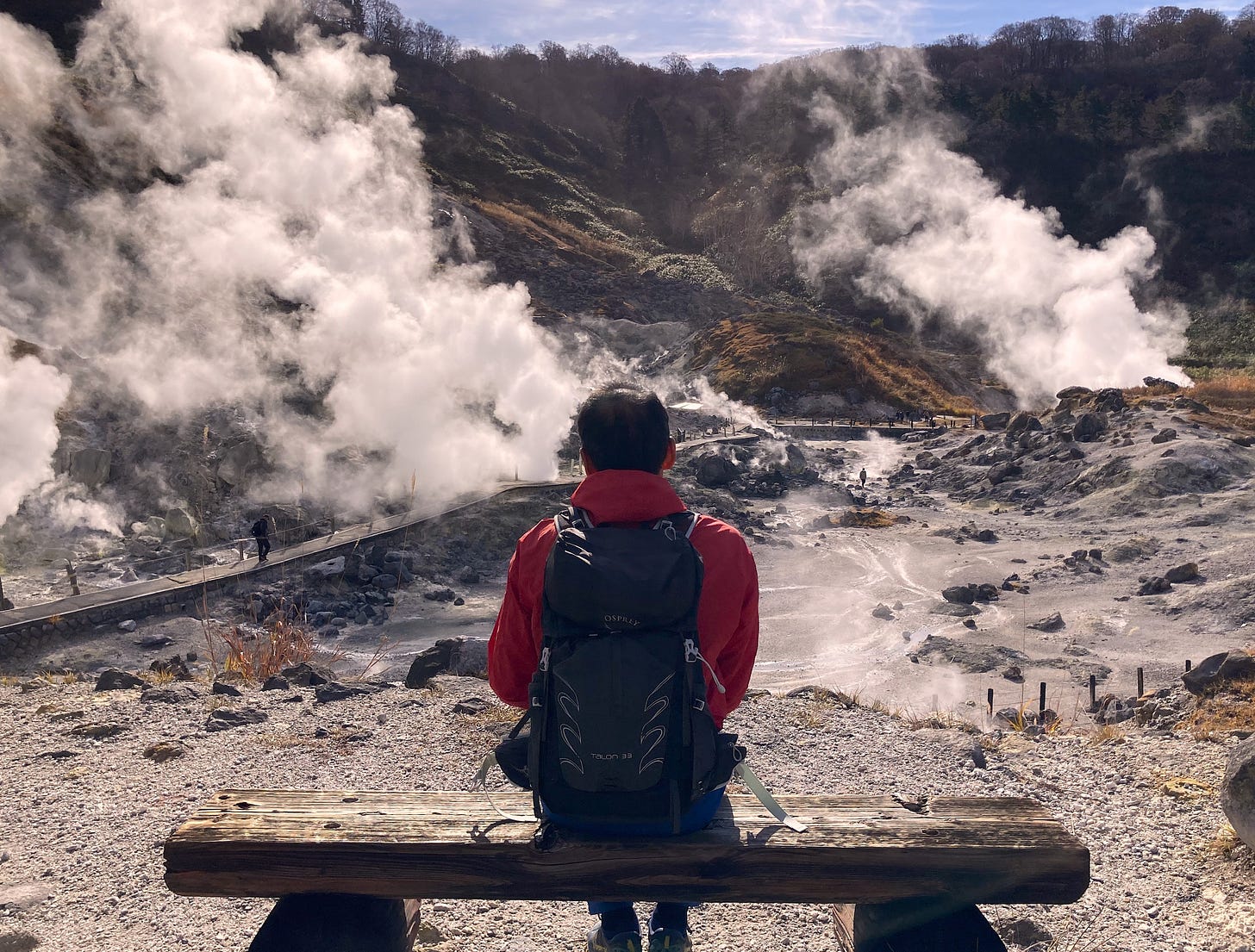
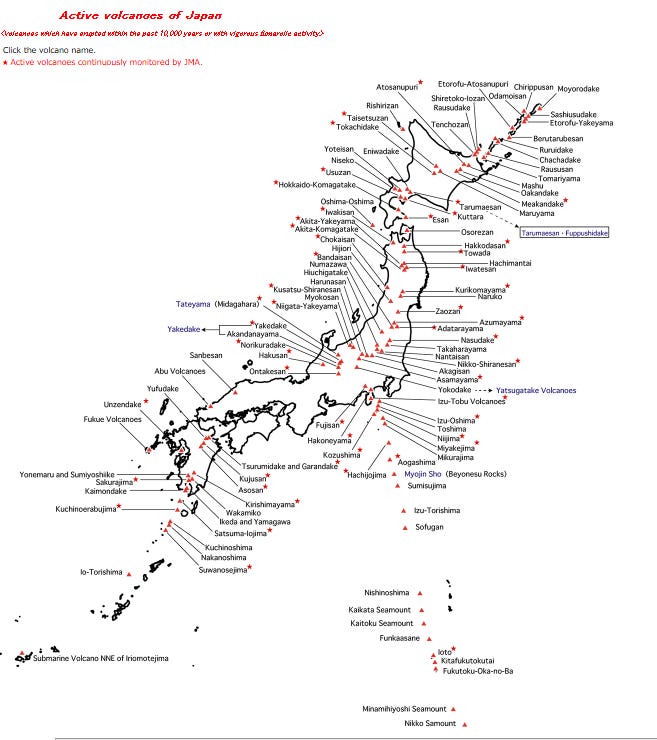

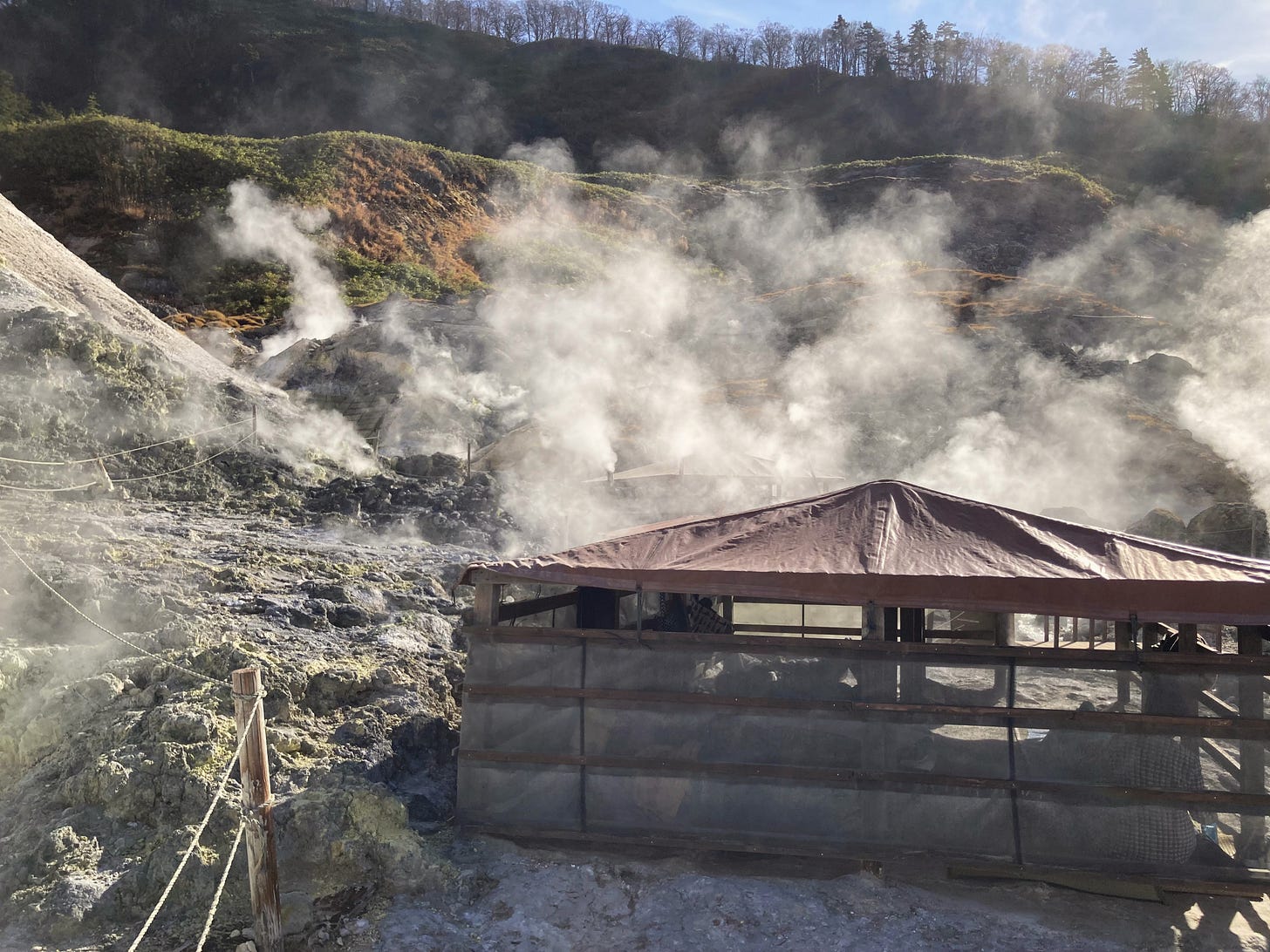
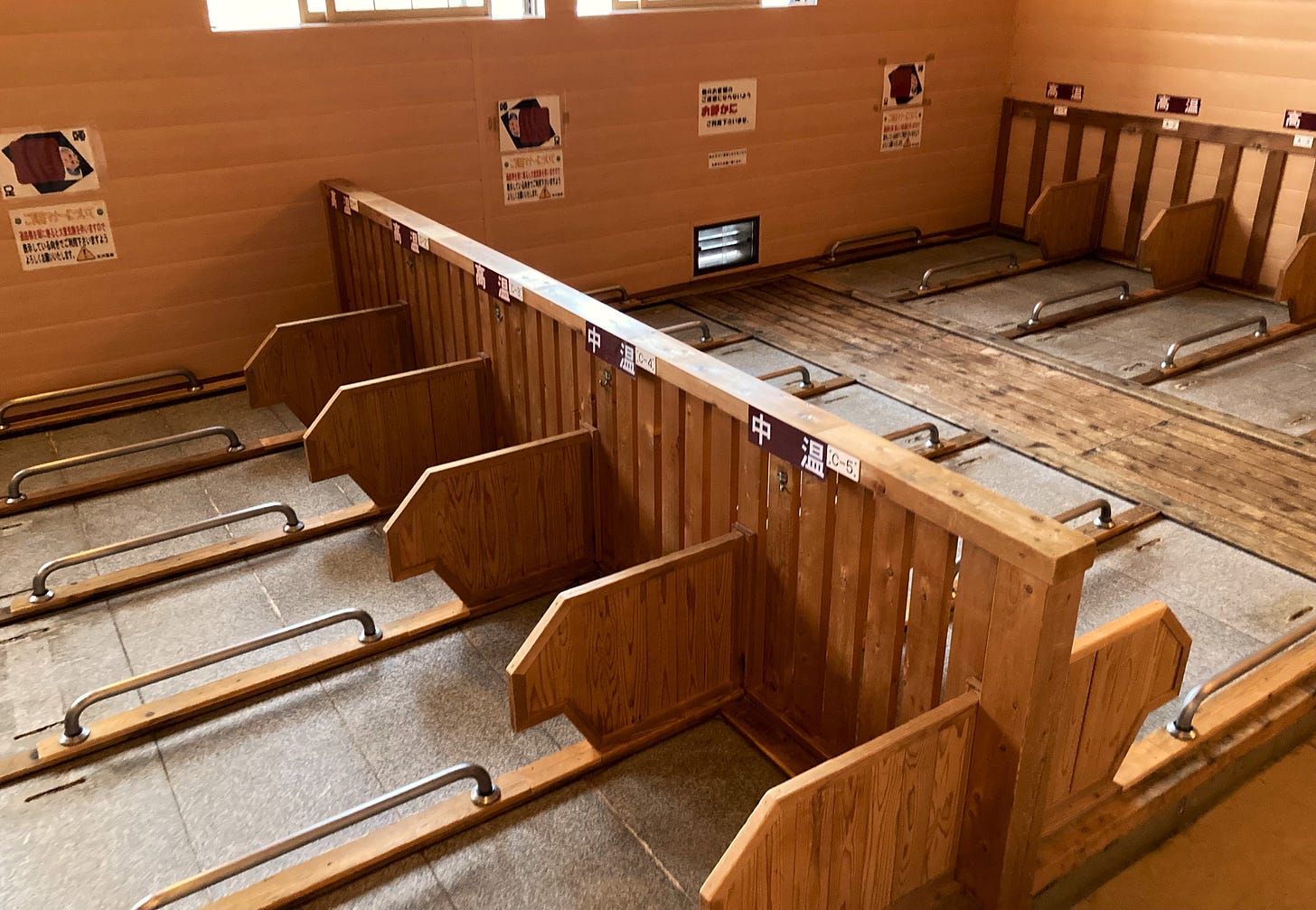
Good place. I visited in 2016. There were baths with 100% and 50% acidity. Even with 50% I had to take shower after every dip as it felt itchy. Can combine with hike to Yakeyama mountain and trip to Tozawa Lake afterwards.